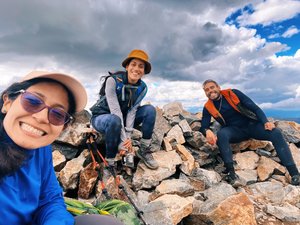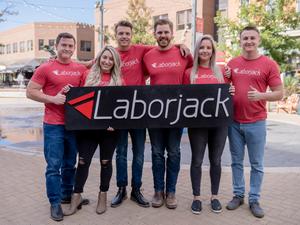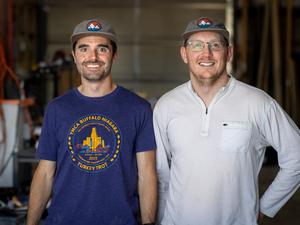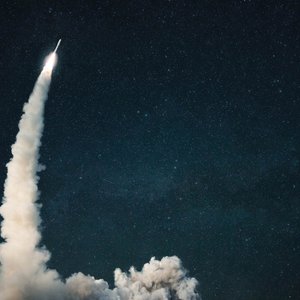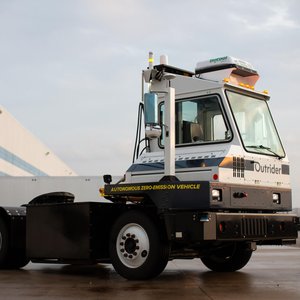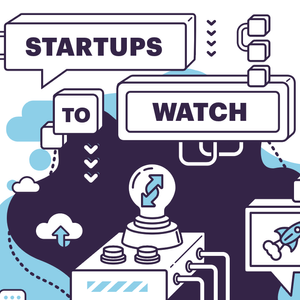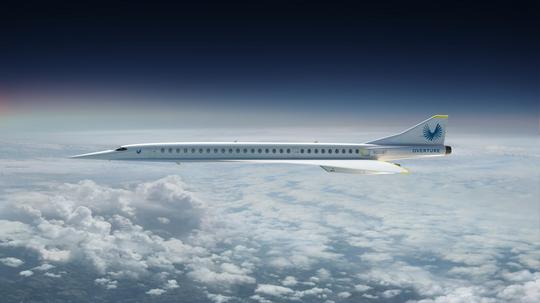
New York to London in only three hours and 15 minutes instead of seven hours. Tokyo to San Francisco in half the time of the standard 11-hour flight.
As Centennial’s Boom Supersonic hurtles towards supersonic travel, the company has 50 years of history it’s looking to conquer.
In 1969, the Concorde made its first supersonic flight, marking a milestone in aerospace history. Seven years later, British Airways and Air France launched simultaneous commercial Concorde flights in the first ever supersonic passenger flights.
Whereas the average commercial jet cruises at 460 – 575 mph, supersonic aircraft travel faster than the speed of sound (hence the name), which is about 768 miles per hour.
Despite the effort and money poured into the project, the Concorde’s supersonic travel never caught on, with only 14 commercial aircrafts ever produced and the final trip coming in 2003.
Boom’s founder Blake Scholl always had a passion for aviation, often watching the Cessnas take off and land at his local airport in suburban Cincinnati. From there, he earned his private pilot license in 2008 and instrument rating in 2011.
When he saw the lack of innovation in supersonic travel since the Concorde’s introduction, he wondered what could be done.
“It’s hard to believe that it has been 50 years since a new supersonic commercial airliner was launched. As I contemplated Boom, I realized that the airline industry was one of the rare industries that was stagnating, not advancing,” he said.
In 2014, Scholl began zeroing in on the viability of supersonic travel. To achieve success, he determined that a supersonic aircraft’s fuel consumption would need to gain 30 percent efficiency compared to the Concorde.
When he took these numbers to a Stanford professor that had studied supersonic flight, he realized more could be achieved.
“He thought I was being conservative in my estimates, and that I should try harder, which gave me the confidence I needed to move forward with Boom,” Scholl said.
Since then, Boom has grown exponentially and is on track to take flight with its 2-seat demonstrator plane, the XB-1, in 2020.
The XB-1 is a one-third size replica of Boom’s signature aircraft, the Overture. In an attempt to address the Concorde’s shortcomings in filling seats, the Overture has 55 to 75 seats and is set to fly in the mid-2020s.

Boom has already landed partnerships with Virgin Group and Japan Airlines, which have pre-ordered a combined 30 Overture airliners. To date, the company has raised about $150 million, including a $100 million Series B round announced earlier this year.
With more than 150 employees and a huge task at hand, Scholl stressed how important it is that Boom stays focused on its long-term goals.
“We’ve made it a point to infuse Boom’s mission of making the world dramatically more accessible everywhere, from the website to the walls of our office, ensuring that everything we do stays true to our mission. We are also quite deliberate when we hire, to ensure that all our recruits are not only highly skilled professionals, but also passionate advocates for the future of flight,” he said.
Boom’s team has contributed to more than 130 air and spacecraft, including roles at NASA, Lockheed Martin and SpaceX. The company’s team also features a number of pilots, a detail Scholl said is important in driving the company forward.
“As a result, our commitment to safety is not only absolute, but personal. We invest very significantly in testing every component and every aspect of the airplane before we go into production. Our mission is literally our North Star, helping us steer the ship in the right direction,” he said.
As Scholl and the Boom team approach important milestones in launching their supersonic aircraft, he reflected on the key tenants that allowed him to build this moonshot startup.
“Make sure that the problem you set out to solve is one that truly captures your attention and passion, since taking on a big, audacious goal is hard work,” he said. “Get serious. I spent much of the first year writing my plan, figuring stuff out and learning as much as I could about the issue, so that I had a certain amount of depth before talking with potential investors and employees.”
Given the scale of the issues moonshot companies like Boom Supersonic seek to address, Scholl offered advice on hiring the right team around you to reach your desired goal.
“Surround yourself with a team of top-notch problem solvers that can all pull together in the same direction,” he said. “Imbue your organization with a sense of purpose and mission and hire for collaboration and endurance. Instill a system of hard work and dedication, putting forth great effort to find the right souls willing to leave their promising careers for an innovative and unique opportunity.”
